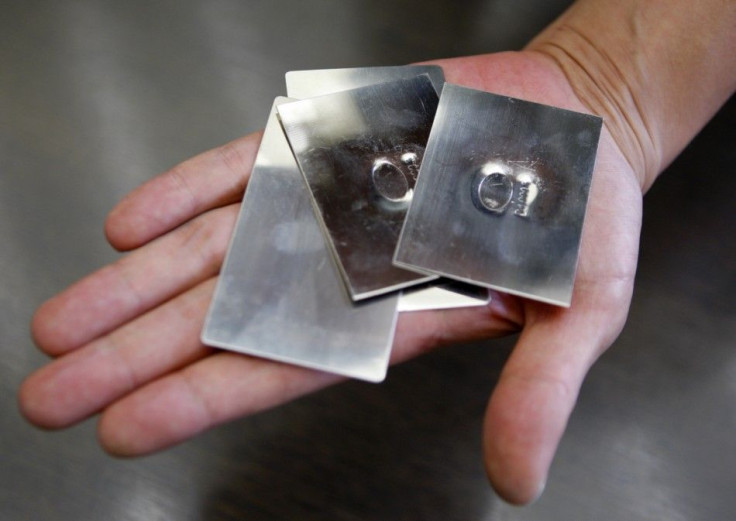Palladium Demand for Chinese Catalytic Converters to Fall

China's autocatalyst palladium demand growth is expected to slow as the auto sector cuts back on buyer incentives, refiner Johnson Matthey said on Tuesday.
China's autocatalyst demand for palladium is expected to grow 9.5 percent in 2011 to 1.1 million ounces, compared with a 47-percent jump in 2010 and 76-percent surge in 2009, the refiner said in a closely watched industry report.
World auto sector demand for palladium, used to make autocatalysts for gasoline-powered engines, is forecast to grow 6 percent on the year to 5.915 million ounces, it said.
Car sales in China in the first 10 months of the year rose by just under 6 percent from a year earlier.
The phasing out of purchase tax subsidies and vehicle scrappage incentives, which had particularly favoured sales of cheaper domestic-brand vehicles, has impacted on production levels this year, said the report.
One positive for Chinese palladium demand is the country's adoption of more stringent China 4 gasoline emissions standards which require higher catalyst loadings.
China's demand for platinum, used in producing autocatalysts for diesel-powered engines, is expected to grow by 10 percent to 110,000 ounces this year.
PLATINUM JEWELLERY UP, PALLADIUM DOWN
China, the world's biggest market for platinum jewelery, is expected to witness a 2-percent gain in demand in 2011, following a 21-percent slide in 2010.
The record-high gold prices have also boosted demand for platinum in recent months, as platinum traded at a discount to gold prices.
Although gold jewelery has been popular at the retail level due to consumer perception of gold being a store of value, some consumers have begun to see platinum as a bargain since gold reached parity with platinum.
China's platinum jewelery demand in 2011, expected to rise to 1.685 million ounces, would push the world's total to 2.465 million ounces, up 1.9 percent on the year, the refiner said.
Palladium jewelery demand in China continued to fall. In 2011, demand is expected to decline 8.3 percent to 330,000 ounces.
Palladium retains a following in certain parts of the country but even there, lack of differentiation with other white metals and elevated prices this year have contributed to a further slowing of demand, said Johnson Matthey.
© Copyright Thomson Reuters 2024. All rights reserved.






















